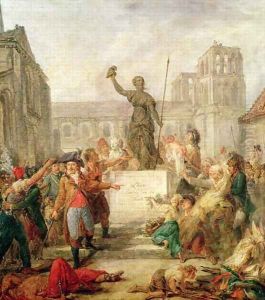Jean Louis Joseph Hoyer Paintings
Jean Louis Joseph Hoyer was a 19th-century French artist known for his genre scenes, portraits, and history paintings. Born in 1829, Hoyer's artistic journey began in an era where the Romantic movement was giving way to Realism, and the art world was witnessing a transformation in styles and subjects. He trained under influential artists of the time, which was a common practice for aspiring painters, allowing them to learn techniques and gain exposure to the trends of the period.
Hoyer's work was characterized by a dedication to detail and a penchant for capturing the essence of his subjects. His genre scenes often depicted everyday life with a sense of realism and a focus on the human experience. They were marked by their narrative quality, inviting viewers to ponder the stories behind the figures and settings he portrayed. Hoyer's portraits, on the other hand, were celebrated for their ability to capture the personality and status of the individuals he painted, reflecting the social and cultural milieu of his time.
Throughout his career, Hoyer exhibited his work in various salons and galleries, gaining recognition and accolades for his contributions to French art. His history paintings reflected a scholarly approach to the depiction of historical events and figures, a genre that was particularly appreciated during his time for its educational value and its ability to inspire national pride.
Jean Louis Joseph Hoyer's death in 1892 marked the end of a career that had spanned a dynamic period in art history. His works remain a testament to the skill and versatility of 19th-century French painters, capturing the spirit of an age marked by revolution, restoration, and the rise of modernity. Although not as widely known as some of his contemporaries, Hoyer's paintings continue to be appreciated by art historians and collectors for their technical proficiency and their charming portrayal of 19th-century life.
